What to See, Experience, and Explore at Miami Art Week 2025
We checked in with our former podcast guests who will be inching through Miami traffic, unveiling new works, signing books and revealing new projects this year.
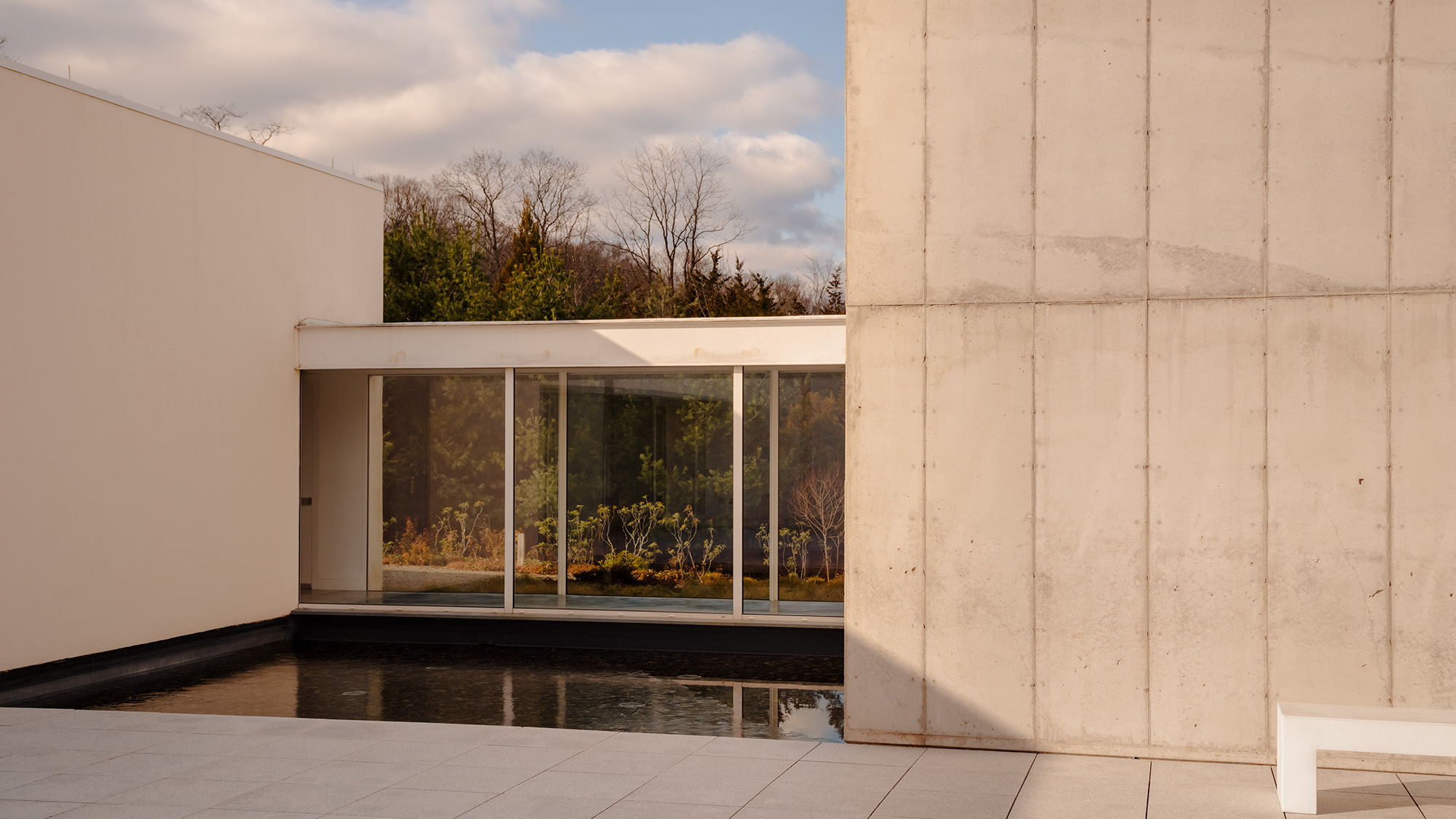
This article is from our first-ever print issue, available for order online now.
There’s a compact, glass-encased walkway joining two gallery rooms at the Magazzino Italian Art museum in Cold Spring, New York, that, even on the grayest of days, feels light-filled. “This is one of my favorite places in the museum,” says its director, Adam Sheffer, gesturing to the pastoral vistas beyond the monolithic concrete building where the museum’s permanent collection resides. “I love looking over there and seeing trees, the birds, nature. Everything about it really reminds you where you are.”
The walkway strikes a harmonious chord between Magazzino and its rural upstate New York setting. Digging deeper, allusions could even be made to art within the museum itself, an impressive holding of postwar-era contemporary Italian pieces from the Arte Povera movement, which often highlighted themes of nature as a reaction to or challenge against industrialization and technology.

Approximately 50 miles north of New York City, Magazzino (which means “warehouse” in Italian) was founded in 2017 by collectors Nancy Olnick and Giorgio Spanu, mostly with pieces from their own Arte Povera collection, in order to better familiarize visitors with the movement and its key players, such as the late Italian gallerist Margherita Stein, and artists like Giulio Paolini, Marisa Merz, and Jannis Kounellis. It’s one of the newest additions to the sprawling upstate arts scene—and for many, still very much a discovery.
For creative New Yorkers zipping off on day trips and weekend getaways, not to mention the influx of transplants who decamped to the area during the pandemic and the skyrocketing costs of living that followed, the Hudson River Valley’s recent upstate art boom has made it a formidable destination for art and design. Since launching in 2020 with just two dozen participating galleries, the annual Upstate Art Weekend (usually taking place in July) has since surged to six times that number. What’s more, the hospitality brand Soho House has announced plans to debut a new outpost in Rhinebeck, which will be sure to draw a steady succession of visitors.
Beyond long-established year-round institutions such as Storm King Art Center and Dia Beacon, there’s also Columbia County’s Art Omi (which will expand with a new site that’s slated to open in 2026); the Campus, a former school building near Claverack that was recently acquired by six galleries as a shared exhibition space; and gallerist Jack Shainman’s prodigiously sized the School in Kinderhook. And now, Magazzino.
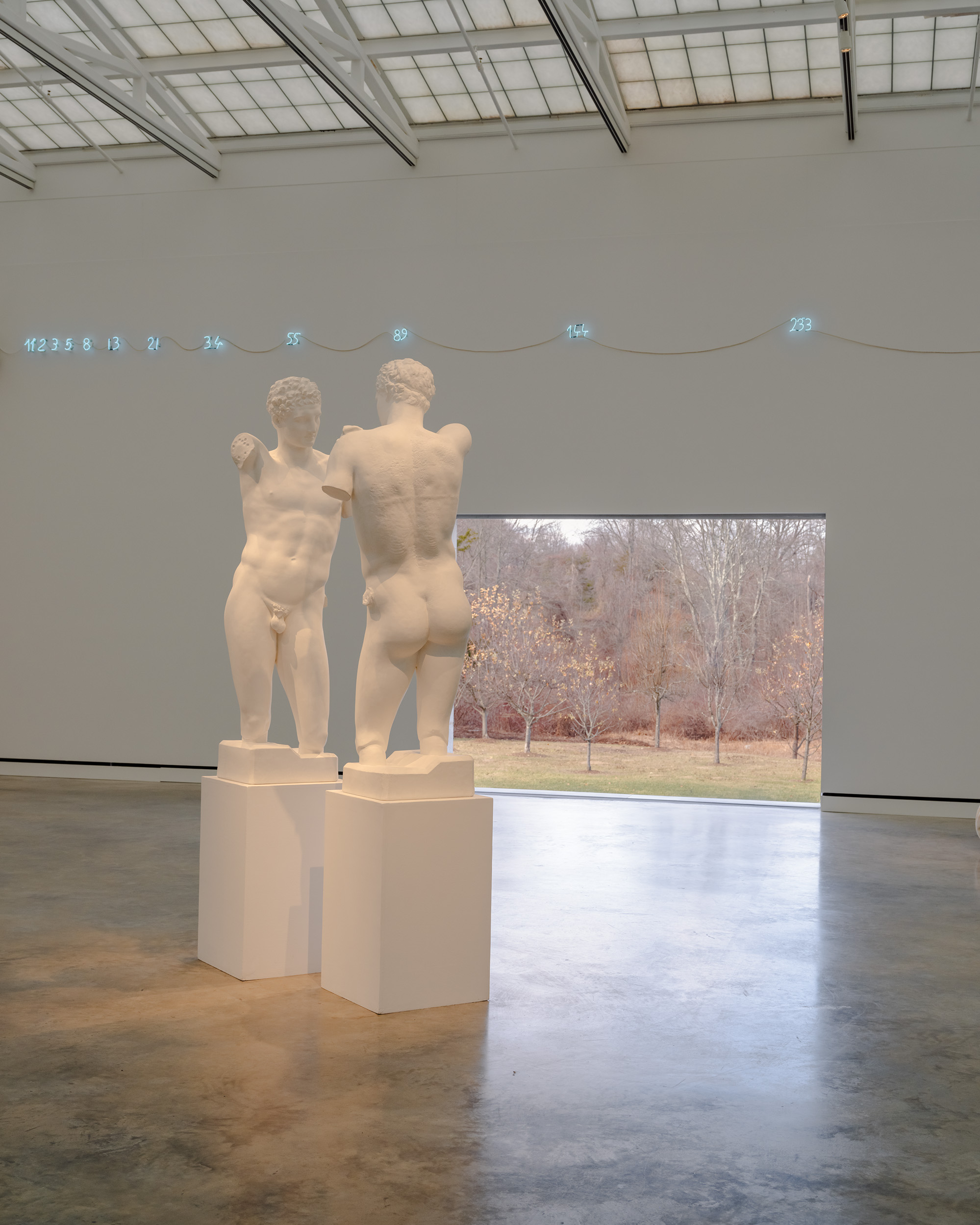
“It’s a focused museum,” says Sheffer, a 57-year-old Boston-raised Italophile of the highest order, who joined the museum last fall after more than three decades in the commercial gallery world working with blue-chip galleries such as Pace and Lisson. “I wanted to have a different kind of relationship to art, and thus a different kind of conversation with a different kind of person. Italian postwar and contemporary culture—architecture, art, food, and design—have always been of personal interest, so Magazzino was very appealing to me.” As obscure as Arte Povera has remained compared to other creative epochs, for instance, the movement’s art itself is vast and varied in composition and material, and often on a large scale, too.
Take, for example, the imposing 1,500-pound mass of white Carrara marble suspended over the museum’s first gallery, a work by Luciano Fabro that bluntly interrogates the tenets of classical sculpture. Or the wondrous assortment of paintings and collages in mixed mediums of wood, metal wire, and clay by Marisa Merz (who in 2013 won the Golden Lion at the Venice Biennale) occupying the next room. Arguably, the museum’s greatest achievement is its portrayal of how these artists have resisted adhering to common styles and forms, and even the works of one another.
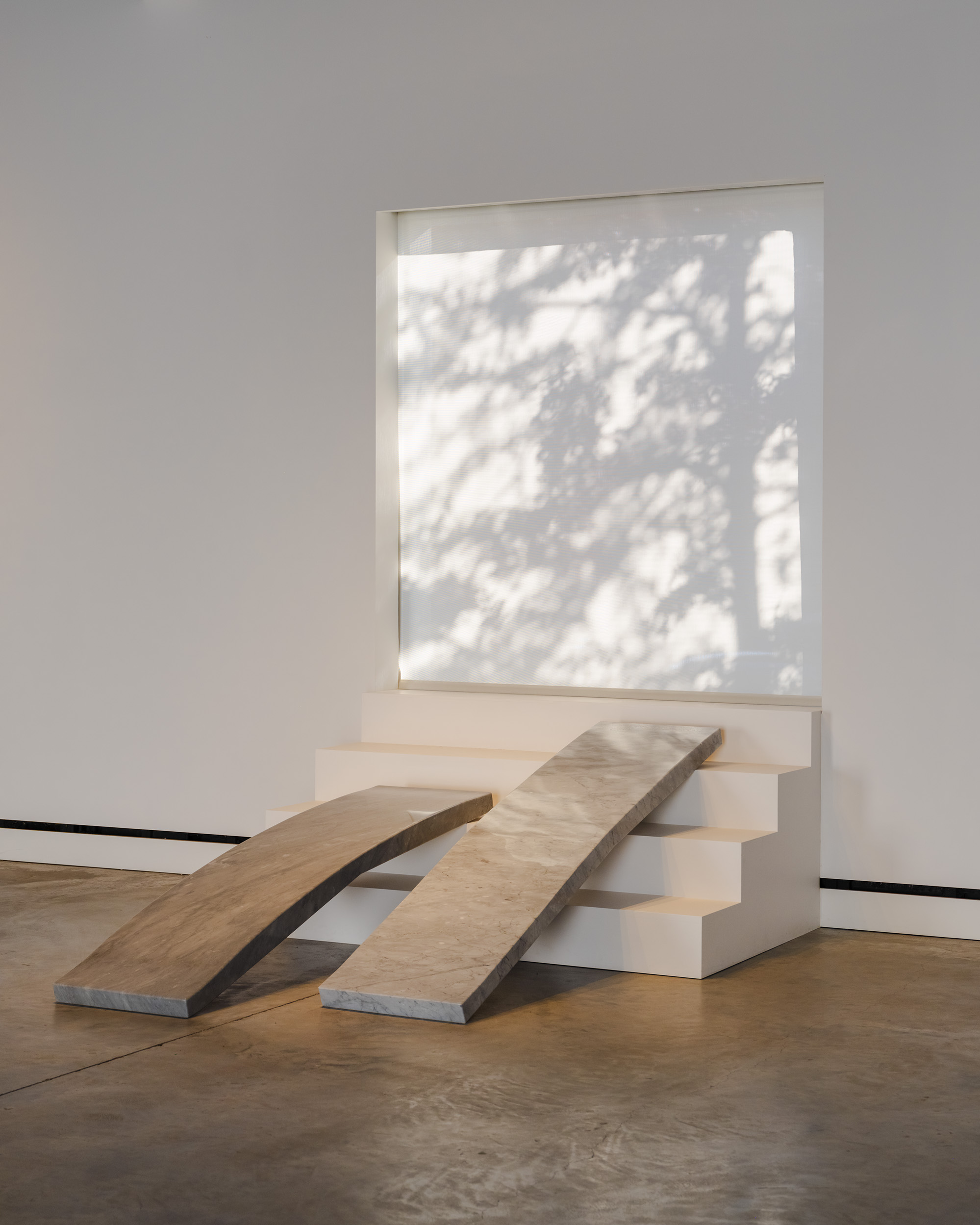
“We each do what we do extremely well, and there is a happy crossover in terms of our visitorship. We are complementary, not competitive,” Sheffer notes of the area’s bountiful art offerings. If anything, he says, the museum is more concerned with its place in the community immediately outside its doors, from the barbecue restaurant across the street—a frequent lunch spot for Magazzino’s staff—to the local residents who enjoy admission-free access to the museum. “We don’t ever want to see ourselves as an elitist institution,” Sheffer adds. That’s been a mandate of the museum from the get-go, but Sheffer seems aware of the need for inclusivity, given how visually the property stands out against its rural surroundings.
One can’t help but think of this particular mandate when Sheffer reveals an artwork by the Sardinian artist Maria Lai, the subject of a special exhibition ongoing through July 2025. Video footage taken in 1981 shows residents of her tiny hometown knotting strips of denim fabric together, eventually resulting in nearly 17 miles of blue ribbon strung between balconies and rooftops, and even the peak of a nearby mountain. Originally commissioned as a World War II memorial, Lai chose instead to celebrate the living community, Sheffer explains. Despite the number of times he’s discussed the work, his awe persists. “The town was literally bound together with strips of blue denim. It was a wonderful, joyful event—a celebration that unified an entire community.” magazzino.art
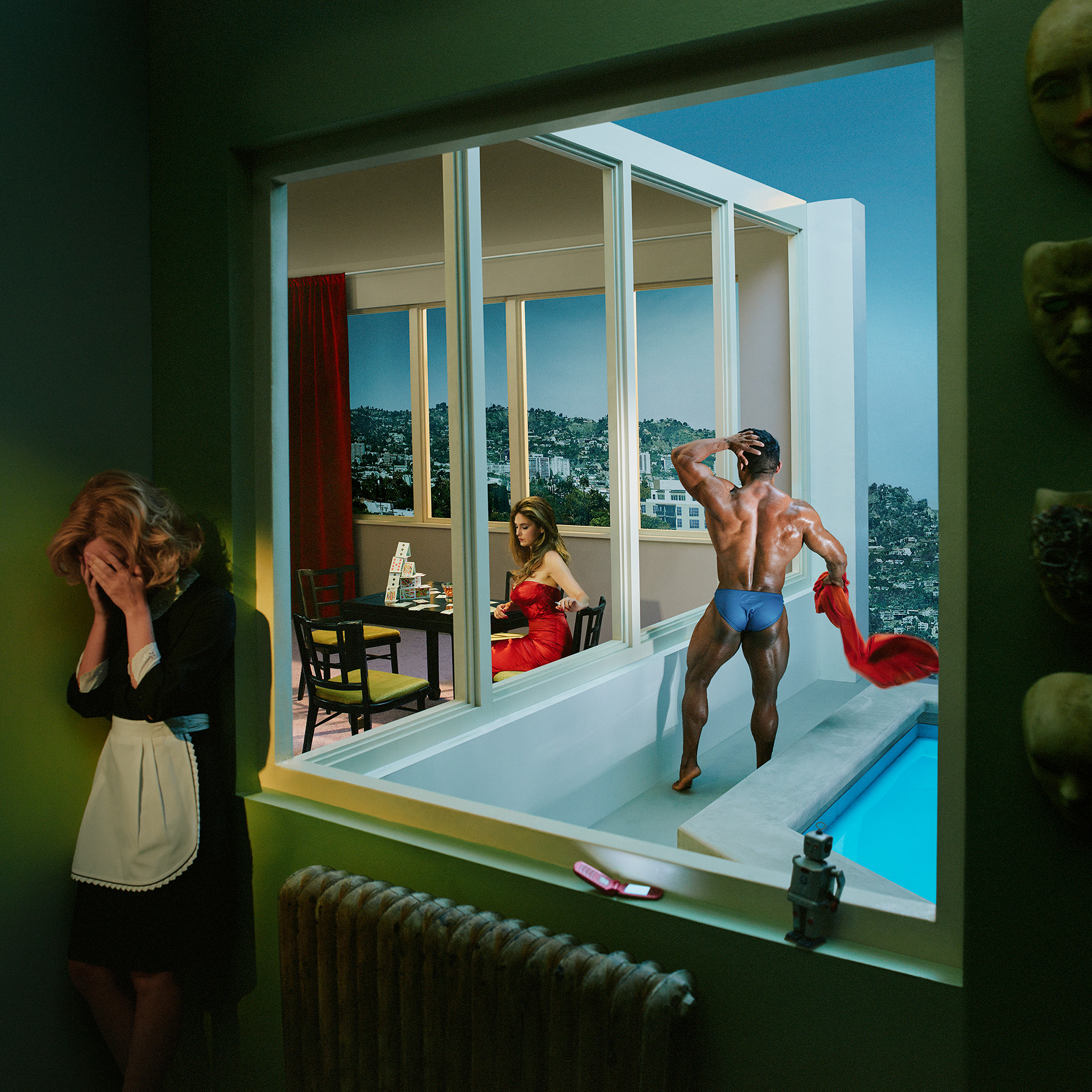
We checked in with our former podcast guests who will be inching through Miami traffic, unveiling new works, signing books and revealing new projects this year.
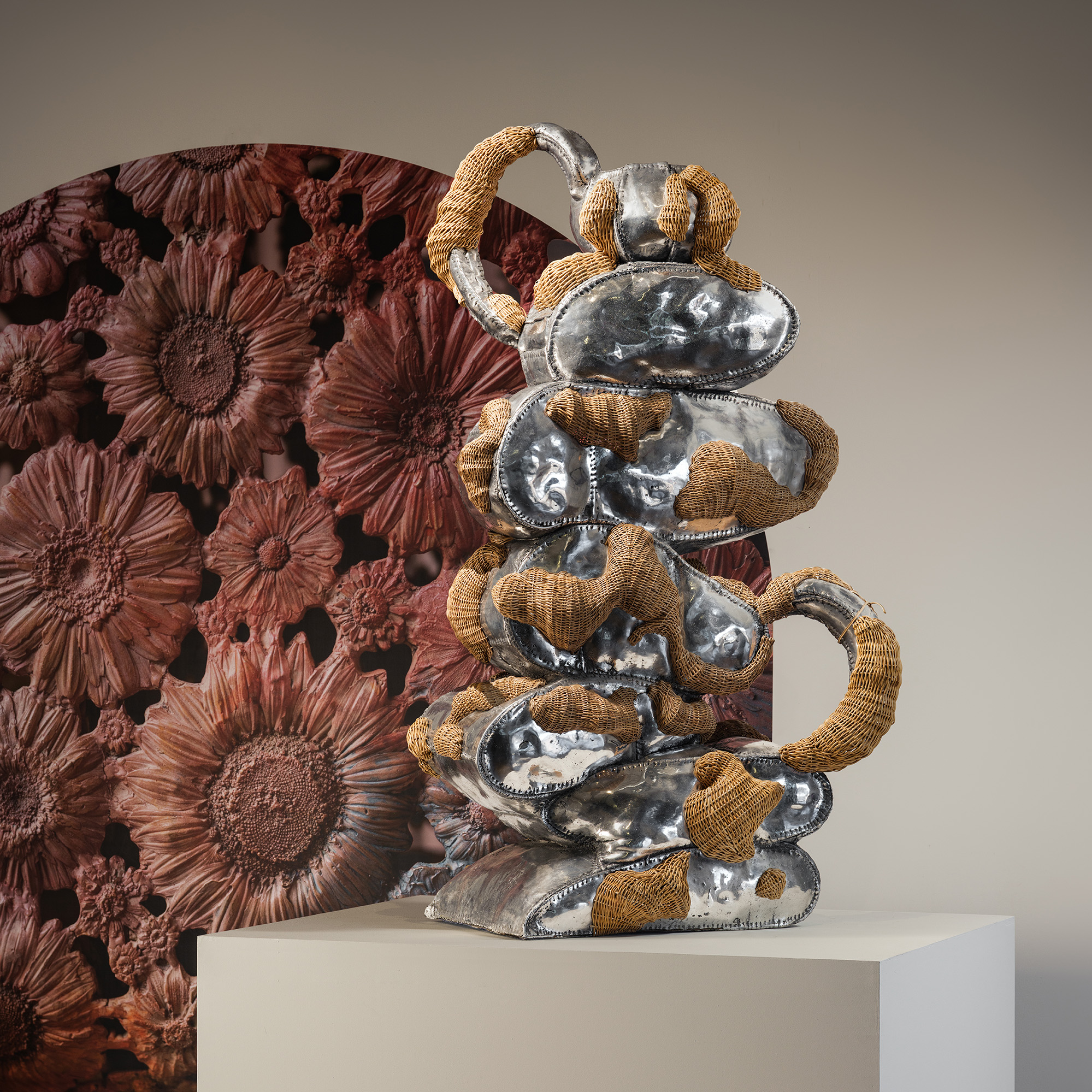
The ecstatic designs of Chris Wolston come to Texas, Juergen Teller's most honest show yet opens in Athens, a forgotten Cuban Modernist is revived in New York, and more.
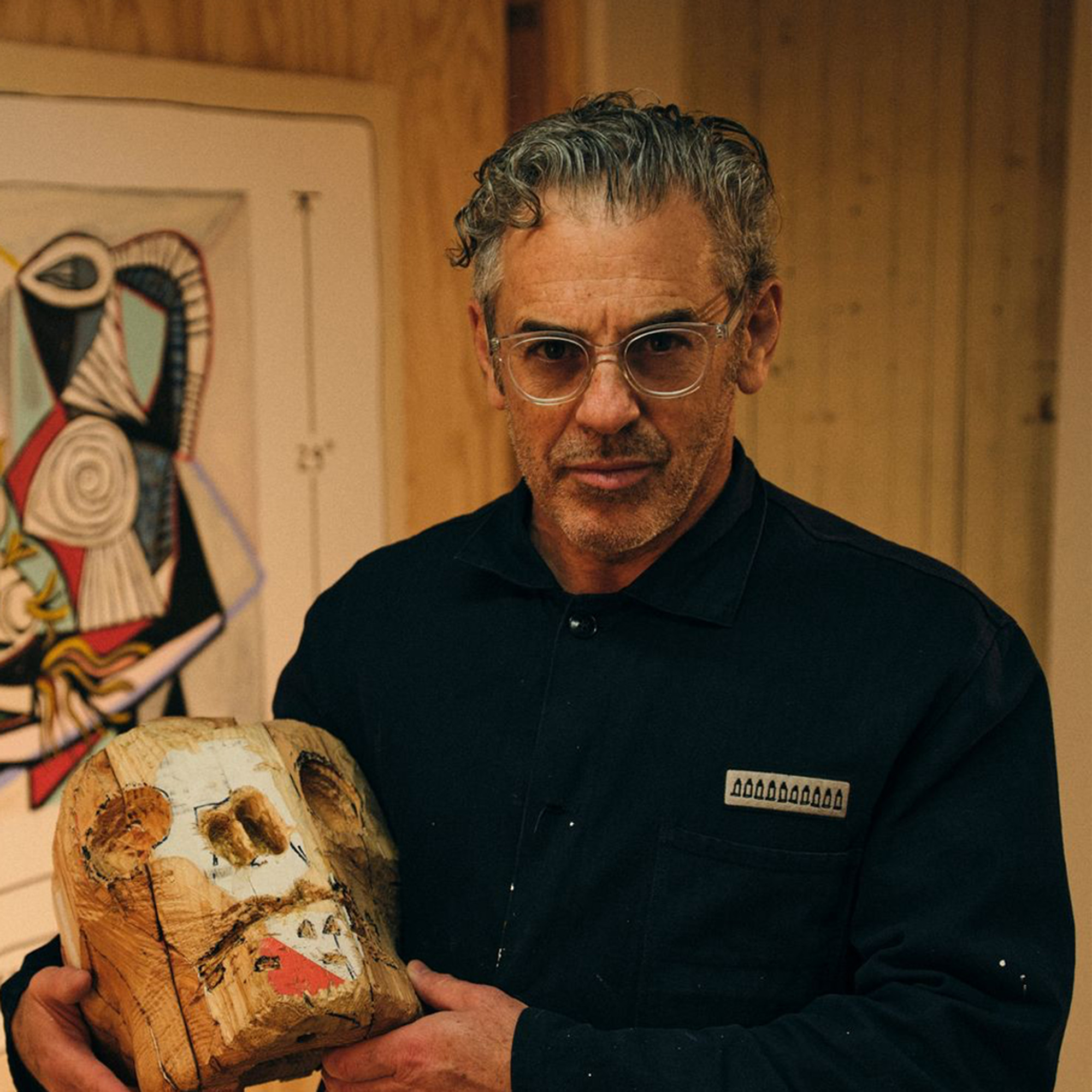
Tom Sachs explores various creative disciplines, from sculpture and filmmaking to design and painting. On this season finale, Dan speaks with Tom about his accidental journey to fine art, how an installation in a Barneys window kickstarted his career, and more.